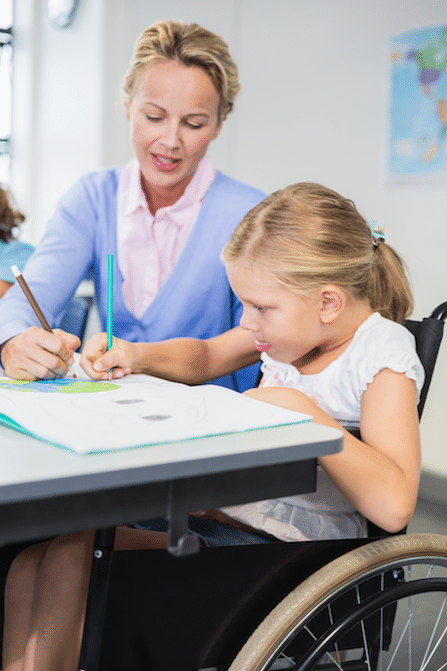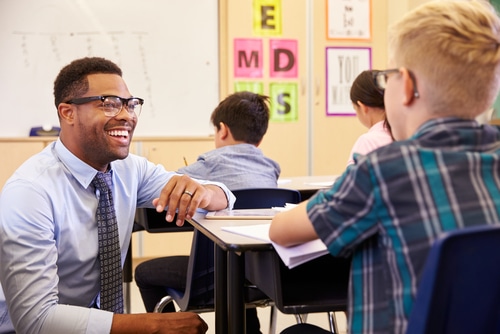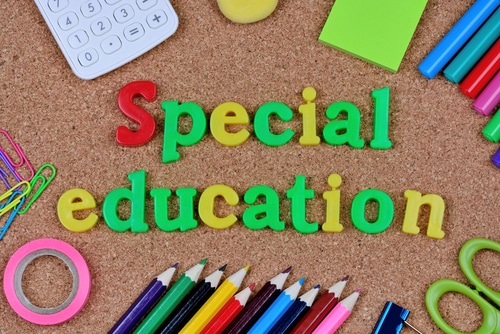
According to the National Center for Education Statistics, there are over 6 million students served under the Individuals with Disabilities Education Act (IDEA). That’s about 13% of all students between the ages of 3 and 21. Most of these students spend at least part of the day in general population classrooms. As such, teachers need to determine the best way to meet the students’ needs and help them understand the lesson material. To do this, teachers utilize some of the following tips on how to be inclusive in the classroom.
Classroom Inclusion Tips
- From the beginning of the school year, learn students’ strengths. Don’t focus on what students can’t do. Instead, look for ways to utilize their strengths in class.
- Develop routines and procedures. This is especially important during transitions to help students smoothly move from one activity to the next.
- When preparing lessons, think about accommodations for activities. For example, students could record the lecture or study fewer vocabulary or spelling words. Include structured objectives in your lesson plans to consider accommodations that will help students meet the lesson objectives.
- Break down complex tasks and subjects into several different lessons. Come up with a step-by-step approach to help students understand each part before moving onto the next one.
- Use concrete examples to help students better grasp abstract concepts. Find ways to relate the concepts to the students’ lives.
- Vary instruction strategies and assessment types. Include sensory activities to allow students to use their hands, eyes, ears, and other senses to explore the concepts being taught.
- Model concepts in class. Also, have other students model ideas for their classmates, too.
- Create a classroom where students feel comfortable asking questions and participating in activities. For example, create a place where students can take a break from class and regain control over their emotions.
- Collaborate with the students’ families, resource teachers, and other professionals. Everyone can work together to find the best solutions to help students.
- Use nonverbal cues, such as pictures or hand gestures. Some students struggle to process information that they hear. By utilizing nonverbal cues, these students will know what is expected from them, especially if it’s part of the regular procedures.
What things have you done to be inclusive in the classroom? Share your stories in the comments below.





Leave a Reply